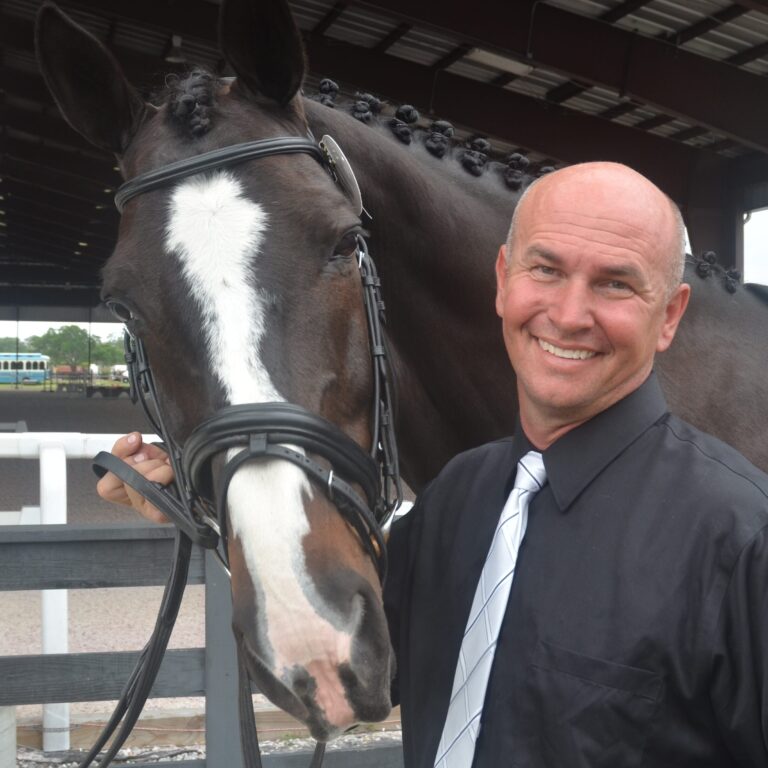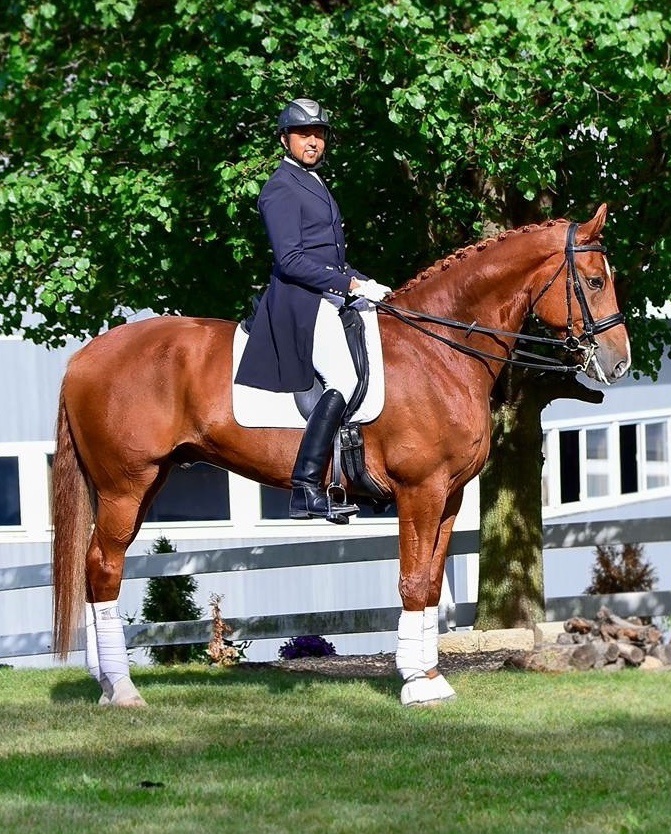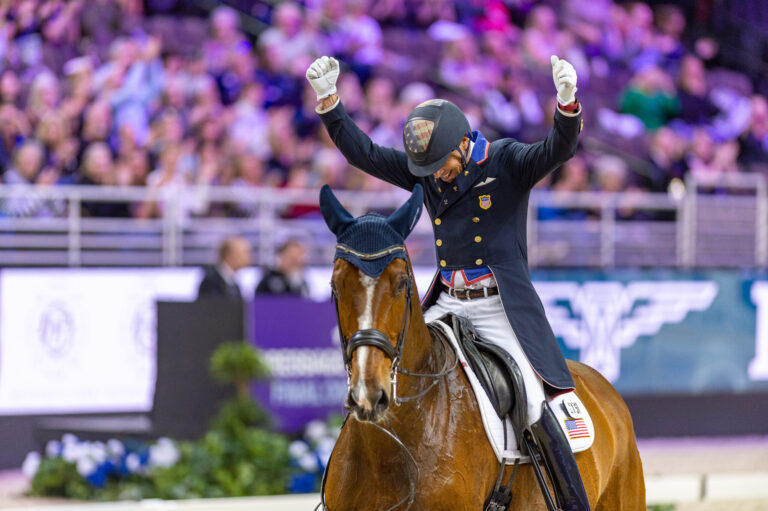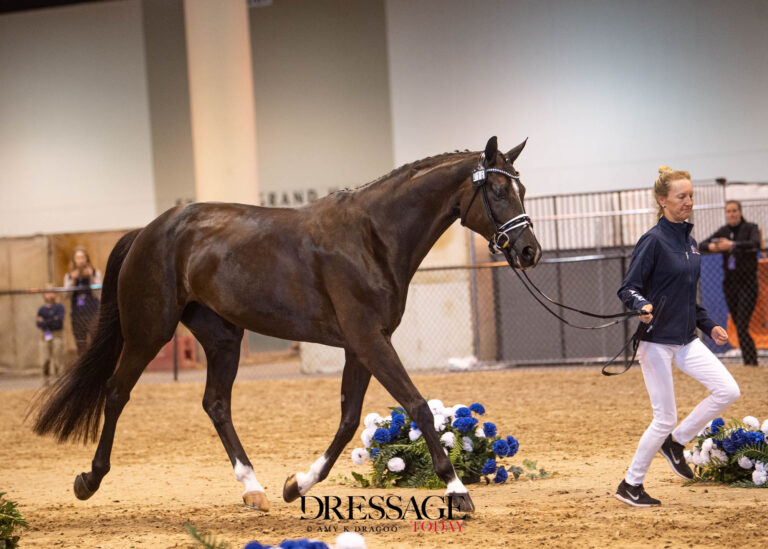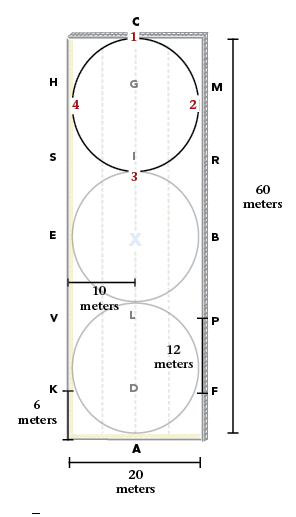It’s never too early to think ahead and plan for your next competition season. Organizing will make for a less-stressful year ahead, with all your i’s dotted and t’s crossed, so you can focus on what’s really important: putting your and your horse’s best foot forward as you prepare to head down centerline. The following is a month-by-month checklist to prepare you for success. If the calendar does not match your show season, simply adjust these dates and times accordingly.
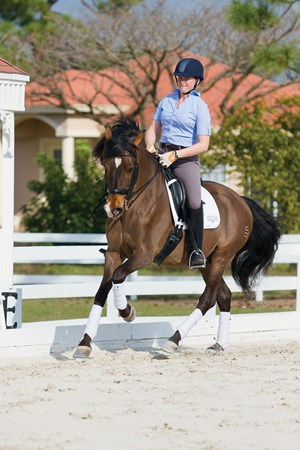
December: Look at your current situation. Do you have a lot of work cut out for you to move up a level? Is your horse still fresh and ready to work or would he really benefit from some downtime? This is a good time to let your horse relax a little before gearing up toward the next show season.
January: By the beginning of the year, you should have a sense of what level you’ll be showing this season. Maybe the pieces haven’t come together yet, but they should be well started. We talk about the old adage, “Show a level below what you’re schooling,” and I think there’s a lot of truth to that. Work with your trainer to determine what level you should be gearing up to show.
- By the end of January, you should be able to execute every test movement you want to show with relative ease.
- Renew your U.S. Dressage Federation (USDF), U.S. Equestrian Federation (USEF) and Group Member Organization (GMO) memberships.
If you think that the USDF regional or national championships might be for you, a participating membership for yourself and a full membership for your horse are required. If you don’t, a GMO membership and Horse ID number might be sufficient. If you’re competing at Training or First Level without championship ambitions, you can compete in “Opportunity” classes without any memberships.
February: By now, each region’s show Omnibus should be complete with a list of show dates and locations in your area. Check with your GMO to find out how you can get an Omnibus, if it isn’t automatically sent.
- Make sure you have a current Omnibus with show dates and locations.
- Plan your show season.
First, what are your goals? If you want to qualify for the regional championships, you’ll need to attend at least two shows. If you want to qualify for USDF year-end awards, that will require at least four shows. Do you want to try for the North American Junior and Young Rider Championships or USEF National Championships? Each of those has its own rules regarding not only the number of shows but also which shows—only certain ones offer official qualifying classes. Do you want to win GMO awards? These have their own requirements for the number and kind of shows and for volunteer hours.
- Think about the calendar.
Do you want to do one show a month? Do you want to avoid the heat and show in the spring and fall? Do you want your coach to help you at the shows and, if so, which will she attend? Compare that to your region’s list of shows. Do you mind driving a long way or would you rather stay close to home? Map out the shows you know you want to go to and keep a couple in reserve in case of emergency.
- Reserve hotel rooms.
Now is the time to book hotels for all of the horse shows you are attending out of your immediate area. They book up fast on horse-show weekends.
Two months out: Even show veterans should look through the USEF Rulebook, as rules change often in small ways. And if you’re just beginning your dressage journey, reading the rules is very important for things like checking the legality of your equipment and what attire is required.
- Read the USEF Rulebook.
Doing this early gives you plenty of time to correct something you need, such as ordering a new bit and acclimating your horse to it, to get tall boots if you’re moving up past First Level, etc.
- Try on all your show attire to make sure it fits and that it’s comfortable for you and your horse.
If you’re moving up to Fédération Equestre Internationale (FEI) levels, ride in your tailcoat, as some horses need to adjust to the flap of tails and you’d rather have that be at home than on show day. Make sure your boots zip over white breeches, your gloves feel right, your hair stays in place, your saddle pad is big enough. In short, test everything.
A month out: It is really important to memorize your dressage tests. Don’t rely on a reader. What if the reader makes a mistake? What if it’s windy and raining and you can’t hear your reader? Plus, memorizing your test means you know what’s coming when you’re riding your tests. A well-planned performance will usually outscore “winging it.”
- Memorize your dressage tests.
Two weeks out: Start riding your tests in full, not just bits and pieces. Pay attention to the details—corners, centerlines, halts. Those are important places where points can be gained or lost with just a little focus.
- Ride through your whole test.
This is also the time to plan out your at-the-show work. How much and what kind of warm-up does your horse need? As you ascend the levels, you may find that you don’t need to school every movement in the warm-up. Some horses need a few minutes to warm up while others need closer to an hour.
- Plan your warm-up.
A week out: Does your horse put in his best work after a day off or by the end of the week? Does he feel best after a day of stretching, a day of hard work or a day of transitions with an eye on respect of the leg? Plan your horse’s week leading up to the show so he peaks there, instead of leaving your best horse in the “locker room.”
- Prepare the show week’s schedule.
At the show: You’re ready and have done your homework, now it’s just putting the pieces together in the ring.
- Have a great show.


